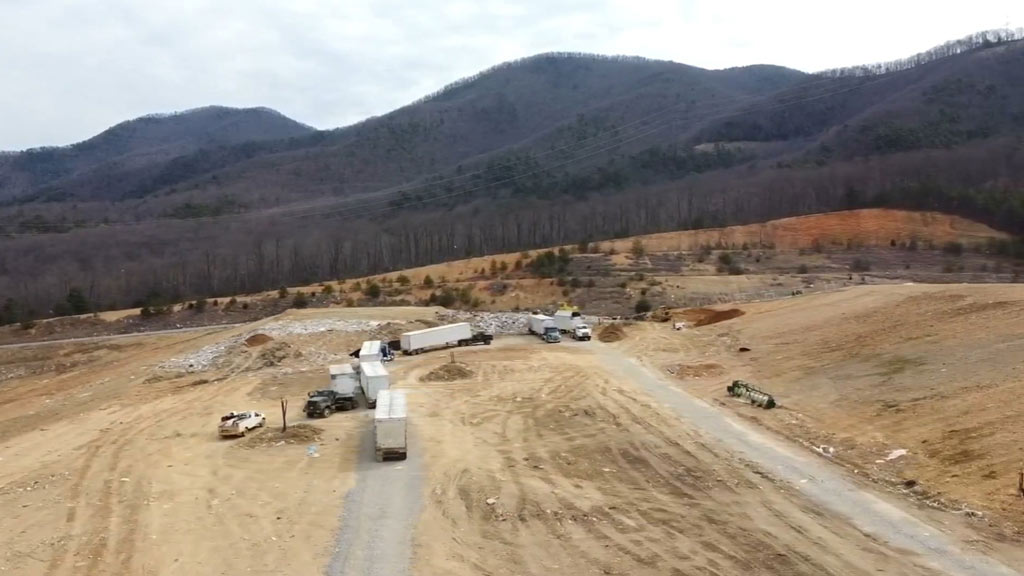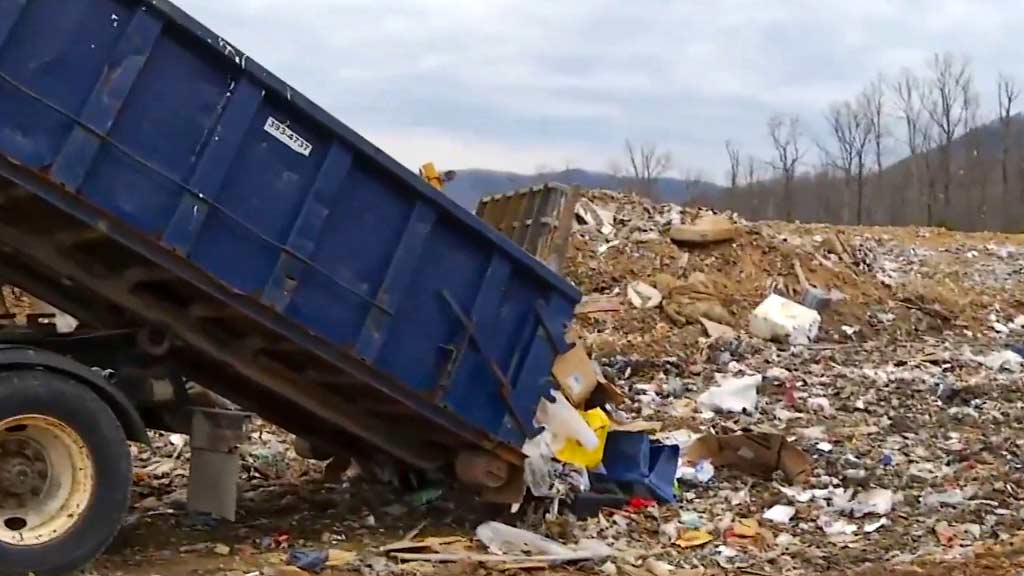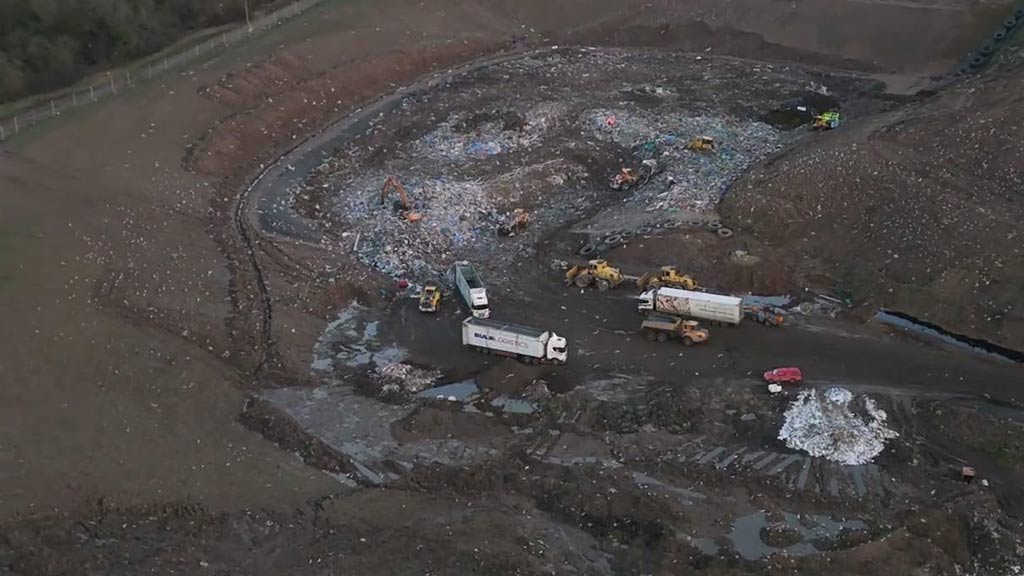Salem, Massachusetts, known for its infamous witch trials, has a lesser-known but equally contentious history of land disputes.
The first major conflict erupted in 1668 when the common lands south of the Ipswich River were granted to Topsfield men, sparking a claim from the Putnam family.
This disagreement, rooted in a flawed 1639 agreement, led to a series of lawsuits from 1680 to 1683, culminating in the General Court siding with Topsfield.
This legal battle didn’t just end in courtrooms; it sowed seeds of distrust that would later manifest during the Salem witch trials.
Notably, committee members defending Topsfield, such as How, Easty, Wildes, and Towne, saw their family members accused by the opposing Putnam family a decade later.
The disputes over land ownership and the resulting court rulings paint a vivid picture of the deep-seated tensions that characterized early Salem, setting the stage for future conflicts.
Early Landfill Operations in Salem
The history of land disputes in Salem, Massachusetts, indeed provides a fascinating backdrop to the more well-known events like the Salem witch trials. These conflicts often reveal the complex social and economic dynamics of the time.
Beginnings of Landfilling: Origins and Development
Early landfill operations in Salem started in the 20th century, reflecting broader trends in waste management. Initially, the practice involved simple dumping in designated areas without sophisticated methods for containment.
These sites often included abandoned quarries and low-lying lands. For example, the Highland Avenue site functioned as a primary landfill area, highlighting the city’s approach to managing waste.
Over time, increasing urbanization and industrialization necessitated more structured waste disposal systems. The shift towards more regulated landfills began as public awareness of health and environmental issues grew.
By the mid-20th century, Salem had adopted more systematic practices, such as compacting waste and covering it with soil to reduce odors and pests.
Regulations and Environmental Impact Over Time

Regulatory frameworks governing landfills in Salem evolved significantly. Initially, little oversight existed, which led to various environmental problems like groundwater contamination and air pollution.
However, increasing scrutiny from state and federal agencies prompted Salem to implement stricter regulations.
The establishment of the Environmental Protection Agency (EPA) in the 1970s marked a turning point. Federal and state regulations required landfills to adopt liners, leachate collection systems, and methane capture technologies. These changes aimed to mitigate the environmental impact of landfill operations.
Despite enhanced regulations, some historical sites continued to pose environmental risks. For instance, cleanup efforts in the late 20th and early 21st centuries addressed contamination at older landfill sites, which were not initially constructed to modern standards.
Remediation activities, like those at the Highland Avenue site, involved excavating contaminated materials and restoring areas for unrestricted land use.
These actions reflected Salem’s commitment to addressing past environmental hazards while improving future waste management practices.
Major Landfill Sites in Salem, MA
Several significant landfill sites have played a role in shaping the landscape and development of Salem, Massachusetts, over the years.
Here are some major landfill sites that have had historical significance:
Historical Significance of Key Sites

Salem, Massachusetts has a complex history of landfill sites, each contributing uniquely to the city’s waste management evolution.
The Highland Avenue site is among the most notable, initially used for unregulated dumping before modern oversight. This site, infamous for its environmental issues, required significant remediation to rectify groundwater contamination.
Following the adoption of structured landfill practices, Highland Avenue became a focal point for improvements in waste management.
The Palmer Cove site also played a critical role, utilized heavily before stricter environmental regulations in the 1970s mandated systematic processing.
These key sites underscore Salem’s transition from rudimentary waste disposal methods to more regulated practices.
Changes and Closures of Landfill Operations
Salem’s landfill operations saw significant changes in the late 20th century. Initially, landfills like Highland Avenue and Palmer Cove operated with minimal oversight, leading to environmental concerns.
However, with the establishment of the EPA in the 1970s and new regulations, Salem implemented more structured waste management practices.
This included waste compaction, soil covering, and monitoring for contaminants. Older sites often required closures and extensive cleanup efforts to mitigate environmental impact.
For example, the cleanup of the Highland Avenue site involved substantial remediation to address contamination issues.
These changes reflect the city’s ongoing commitment to improving waste management and reducing environmental risks.
Environmental and Community Impact

The establishment and operation of landfill sites in Salem, Massachusetts, have undoubtedly had significant environmental and community impacts over the years.
Here are some key considerations regarding their effects:
Consequences of Landfilling on Local Wildlife
Landfilling in Salem, MA, has significantly impacted local wildlife over the decades. Historical landfill sites, such as those on Highland Avenue and Palmer Cove, introduced pollutants into natural habitats.
Chemicals and heavy metals in leachate often permeated water sources, affecting aquatic ecosystems and terrestrial species.
For example, groundwater contamination at these sites has led to the disruption of native plant and animal life, reducing biodiversity in affected areas.
Remediation efforts by the EPA, starting in the 1970s, aimed to restore environmental balance but ongoing monitoring is essential to ensure wildlife recovery.
Public Health Concerns Related to Landfills
Public health concerns related to landfilling in Salem are notable. Early unregulated dumping resulted in the release of hazardous substances, posing risks to residents.
Contaminants, including volatile organic compounds (VOCs) and heavy metals, have been linked to respiratory problems and other health issues among nearby populations. The EPA’s cleanup actions targeted these contaminants, leading to improved health outcomes.
However, legacy waste issues necessitate continued vigilance and community engagement to ensure long-term public safety. Enhanced waste management practices have since been adopted, minimizing future health risks.
Restoration and Remediation Efforts
Efforts to restore and remediate landfill sites in Salem, Massachusetts, are essential for mitigating environmental impacts and safeguarding public health.
Here are some potential strategies and initiatives that could be implemented:
Clean-Up Initiatives and Their Successes
In response to environmental concerns, Salem has undertaken significant clean-up initiatives at historical landfill sites.
Key efforts include the remediation of the Highland Avenue site, where contaminants were identified in soil and groundwater.
The EPA supervised the removal of hazardous materials, followed by soil capping and the installation of a monitoring system. These measures reduced pollutant levels and minimized exposure risks.
Similarly, Palmer Cove faced extensive clean-up actions to address the leaching of toxic substances into nearby water bodies.
Excavation and disposal of contaminated soil, combined with the installation of barriers to prevent further leachate, marked critical success points.
These initiatives not only improved local environmental quality but also restored public trust in municipal waste management practices.
Ongoing Environmental Monitoring and Management
To ensure long-term effectiveness of remediation efforts, Salem has implemented rigorous environmental monitoring. Groundwater and soil samples are regularly analyzed to detect any deviations from acceptable pollutant levels.
This proactive approach allows for timely interventions, ensuring that remediated sites remain safe for both wildlife and residents.
Innovative waste management strategies now prioritize recycling and composting, reducing the volume of waste sent to landfills.
By promoting sustainable practices, Salem aims to prevent future contamination issues while addressing current environmental challenges.
Enhanced regulatory frameworks and community involvement further support these monitoring and management efforts, reflecting Salem’s commitment to environmental stewardship.
Frequently Asked Questions
What caused land disputes in Salem in 1668?
The land disputes in Salem in 1668 were primarily due to overlapping land claims and unclear property boundaries, which led to tensions among settlers.
How did land disputes contribute to the Salem witch trials?
Tensions from land disputes contributed to the social and economic stress among Salem’s residents, creating an atmosphere ripe for accusations of witchcraft.
How were landfill operations managed in Salem during the 20th century?
Initially, landfilling in Salem was unregulated, but over time, structured waste management practices were implemented at sites like Highland Avenue and Palmer Cove.
What environmental impacts did landfilling have in Salem?
Landfilling in Salem impacted local wildlife, introducing pollutants that affected ecosystems and biodiversity in the area.
What public health concerns are associated with landfilling?
Hazardous substances from landfills pose risks to public health, including potential contamination of water supplies and soil.
Conclusion
Salem’s journey from historical land disputes to modern waste management highlights significant progress in environmental stewardship.
The transition from unregulated dumping to structured landfill operations showcases the city’s commitment to addressing public health and environmental concerns.
Remediation efforts at sites like Highland Avenue and Palmer Cove have not only reduced pollutant levels but also restored public trust.
Ongoing monitoring and management practices ensure that Salem continues to uphold sustainable waste management, reflecting a deep-rooted dedication to preserving its natural environment for future generations.
Jaclyn Lowe